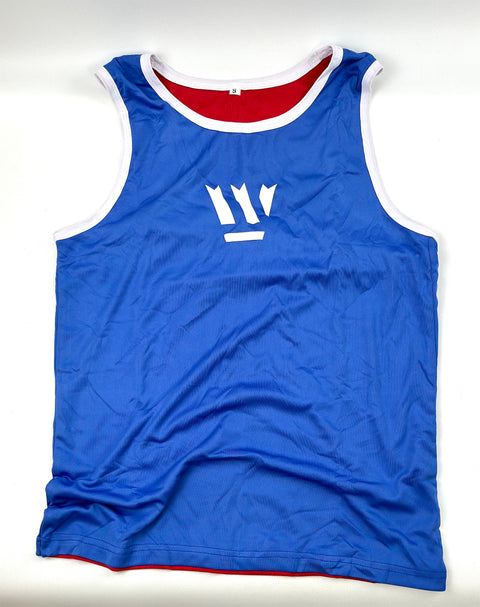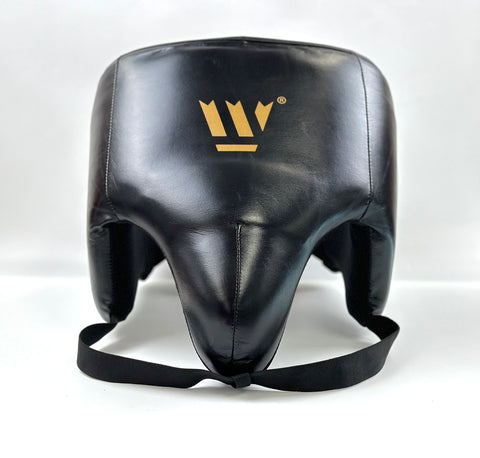In the world of amateur boxing, the colors red and blue hold a significant place. As fighters step into the ring, they don the distinct red and blue uniforms, representing their respective corners. In this blog, we will delve into the symbolism and history behind the use of these colors in amateur boxing, exploring their significance and the impact they have on the sport.
Article Breakdown
The Origins of Red and Blue
The tradition of using red and blue in boxing dates back to the early 20th century. The adoption of these colors was primarily driven by the need to distinguish fighters from one another, particularly when bouts were filmed or photographed in black and white. By using contrasting colors, promoters and spectators could easily differentiate between the two competitors during matches.
Symbolism and Functionality
The choice of red and blue for amateur boxing uniforms goes beyond mere practicality. These colors are rich in symbolism and play important roles during matches. Traditionally, the red corner signifies the home or local fighter, while the blue corner represents the visiting or away fighter. This color distinction helps maintain fairness and neutrality in competitions, ensuring that neither boxer receives an advantage based on location or preference.
Psychological Impact
The psychological impact of red and blue in boxing cannot be overlooked. These colors evoke different emotions and can influence the perception of the fighters in the ring. Red, often associated with passion, intensity, and aggression, can subconsciously create an atmosphere of excitement and urgency. On the other hand, blue is commonly associated with calmness, confidence, and focus, which can provide a sense of composure to the boxer.
Strategic Considerations
The use of red and blue extends beyond the uniforms themselves. It also plays a role in strategic decisions made by trainers and corner teams. For instance, fighters may choose gloves with contrasting colors, allowing their corner to easily identify their hands and provide real-time instructions and advice during breaks between rounds. This strategic advantage helps maintain effective communication and enhances the boxer's overall performance.
Amateur Boxing Tournaments and National Identity
In international amateur boxing tournaments, the colors red and blue take on an additional layer of significance. Boxers represent their countries, and the red and blue uniforms become symbols of national identity. By donning their nation's colors, fighters showcase their patriotism and embody the spirit of their homeland. This representation fosters a sense of unity and pride among the athletes and their supporters.
Summing It Up
Red and blue have become iconic colors in amateur boxing, symbolizing the distinction between fighters and playing a pivotal role in the sport's history and culture. Beyond their practical function of differentiating boxers, these colors carry psychological and strategic significance, influencing the atmosphere in the ring and aiding communication between corner teams. Moreover, in international competitions, the red and blue uniforms become powerful symbols of national identity and evoke a sense of unity among boxers and their fans. The tradition of red and blue in amateur boxing is deeply ingrained and continues to shape the sport's visual aesthetic and overall experience.
Elevate your training with Wicked Boxing! Master your boxing moves with precision and confidence by using Wicked Boxing gloves, designed for ultimate comfort and durability. Whether you're sparring or hitting the bag, our gloves will give you the edge you need to improve your technique and power. Don't settle for less—gear up with Wicked Boxing and take your skills to the next level!




